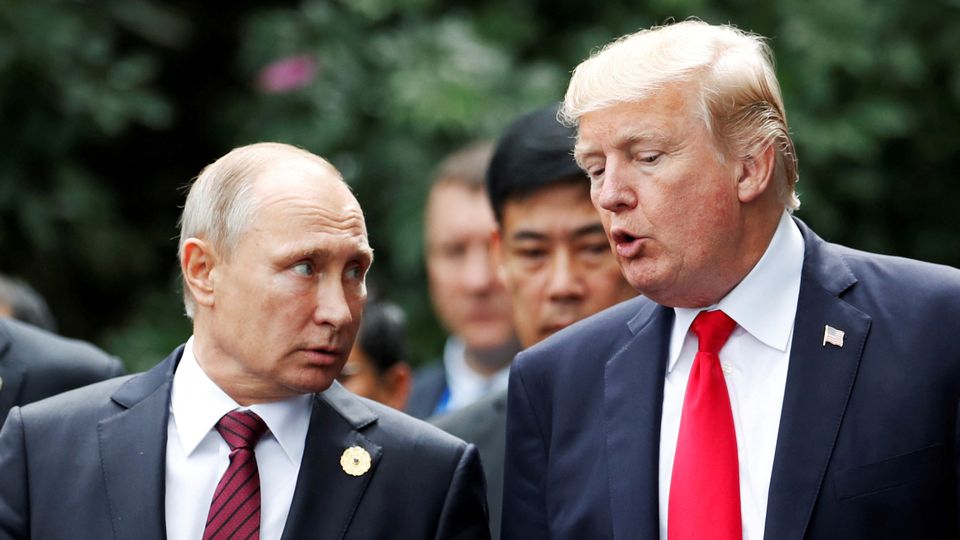Can We Control the Weather?
As climate change intensifies floods and droughts, cloud seeding is gaining attention worldwide. While the practice has been used for decades, concerns about its effectiveness and geopolitical risks persist.
What is Cloud Seeding?
- Invented in the 1940s, cloud seeding involves dispersing particles into clouds to stimulate rainfall or snowfall.
- Countries use it to combat drought, reduce forest fires, and even clear fog at airports.
- In 2008, China attempted to prevent rainfall over Beijing’s Olympic stadium using this method.
The Debate Over Its Effectiveness
- The American Meteorological Society warns of unintended consequences that remain unproven.
- Some experts argue that cloud seeding might not significantly impact weather patterns.
- A 2019 World Meteorological Organization (WMO) study found that precipitation increase ranges from almost zero to 20%—a highly uncertain outcome.
Geopolitical Concerns and Misinformation
- Nations fear weather modification could trigger diplomatic tensions.
- China’s cloud seeding on the Tibetan plateau has raised concerns in neighboring countries like India over water distribution.
- Accusations of “cloud theft” have fueled conspiracy theories. In 2018, an Iranian general claimed Israel was preventing rainfall in Iran.
- Social media misinformation surged in 2024, falsely linking cloud seeding to extreme floods in Brazil and the UAE.
Cloud Seeding in Warfare
- The U.S. used cloud seeding during the Vietnam War in Operation Popeye to prolong monsoon seasons.
- This led to the 1976 UN Convention banning hostile environmental modification, but many countries have not signed it.
Is It a Sustainable Solution?
- Some researchers warn that cloud seeding might divert attention from long-term climate solutions.
- Unequal access to water resources could worsen due to reliance on artificial weather modification.
- There is no clear global regulation overseeing its ethical and environmental impact.
Final Thoughts
While cloud seeding presents itself as a potential climate solution, scientific uncertainty, geopolitical risks, and ethical concerns make it a controversial practice. Global oversight and further research are essential before expanding its use.




